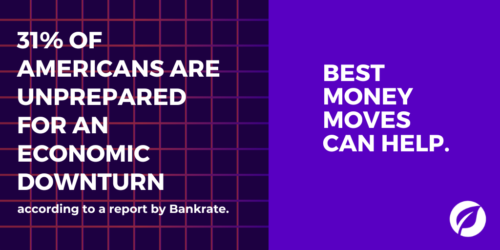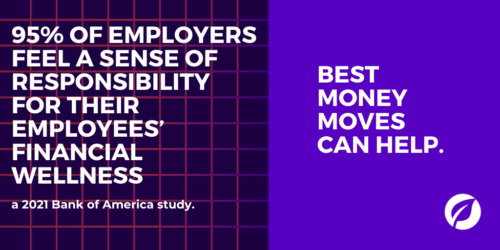
3 Ways to Support Divorced Employees at Work
The saying that, “half of all marriages end in divorce,” still holds true, according to data from the CDC. But despite the number of divorced employees in the workforce, employers are often unaware of how badly divorce can affect productivity and employee wellness.
According to data from Good Housekeeping, 67 percent of divorced people experience health and financial strain. Even more experience absenteeism and decreased productivity.
Consider these three ways to support divorced employees at work and relieve employee stress during times of difficult transition.
1. Provide flex time benefits to divorced employees who are navigating court dates or new childcare schedules.
Divorce also means facing the difficult emotions that come with an important relationship ending. According to the Holmes-Rahe Stress Scale, divorce is the second highest stressor a person can face, topped only by the death of a spouse. A Danish Frontiers in Psychology study found that men and women who had recently gone through a divorce displayed worse physical health, lower interest in social activities and lower vitality than those who had not gone through a divorce.
Offer a helping hand by investing in any of the wide array of behavioral health coaching programs available online. Nearly 88 percent of human resource professionals believe that mental health resources can boost employee productivity, according to data from CNBC. Data from SHRM also found that 35% of employees believe that mental health benefits are more important than salary or higher pay.
You can also support your employees by lifting some of the financial weight and offering a financial wellness solution like Best Money Moves.
2. Offer a space to discuss mental health resources.
Many HR professionals have only created benefits packages while the economy was in full swing. Rocky roads ahead will force companies to transform quicker and be more open to change. Flexibility is a strength, but creating too many changes and losing sight of the long-term goals of a benefits program will lead to more issues.
One area that employees are clamoring for more flexibility is in their work schedules. As travel costs skyrocket, providing employees remote work opportunities can help their wallets. According to LiveCareer, 3 out of 10 employees wouldn’t consider working at a company that didn’t offer remote work and 87% of working professionals felt connected with their organization despite working from home. Adapting to employee needs will keep employees afloat through difficult times without affecting productivity.
3. Offer financial wellness benefits to help divorced employees adjust to their new situation.
Divorcing employees are faced with significant new financial challenges, such as transitioning to a one-income household or navigating the new costs of childcare or alimony.
They must also tackle the expenses associated with divorce itself. Forbes reports that the average divorce costs each spouse $7,000. Most divorces are agreed upon uncontested, which is more affordable than a contested divorce and doesn’t involve court dates. But a contested divorce can get expensive, as a lawyer will need to walk separating spouses through disagreements like child custody, visitation rights and spousal support. All parties involved have to spend a lot of time to reach agreements over these matters and usually, they aren’t resolved without going to court.
Best Money Moves offers an extensive library of financial topics, which include how to handle financial stress. Our money coaches can walk your divorcing employee through budgeting and debt, and work with him or her to temper this new financial stressor. Your employee going through divorce can use the Best Money Moves budgeting tool to visualize their spending in categories, and receive overspending alerts. The budgeting tool gathers data on employees’ personal financial statuses to organize and attain healthy finances.
Looking for financial wellness benefits to help your employees experiencing divorce? Start with Best Money Moves.
Best Money Moves is a mobile-first financial wellness solution designed to help dial down employees’ most top-of-mind financial stresses. With budgeting tools and personalized money coaching, users can easily receive comprehensive financial advice right from their phones.
Focused on user-friendliness, Best Money Moves is designed to bring financial wellness resources right to the fingertips of employees. Our dedicated resources, partner offerings and 700+ article library make Best Money Moves a leading benefit in improving employee financial wellbeing.
To learn more about Best Money Moves Financial Wellness Platform, let’s schedule a call. Contact us and we’ll reach out to you soon.









